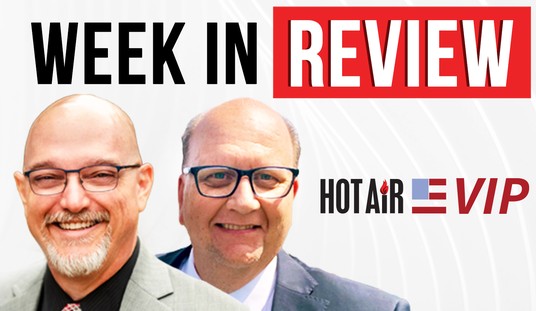Remember how angry America got in the wake of the housing market collapse about the no-document mortgages bought by Fannie Mae and Freddie Mac? The so-called “liar loans,” also known as “NINJAs” (no income, no job or assets) frequently allowed people who shouldn’t have qualified for mortgages to get loans by simply not disclosing their financial position, and then speculate that the equity would increase fast enough to either flip the house on a resale or refinance under better terms. ABC News and Forbes reports that just two years after the collapse, “liar loans” are making a comeback:
Did you think the housing collapse killed off “liar loans”–those infamous bubble-era mortgages for which people were allowed to get creative in portraying their ability to make the payments? Well, they’re back, and that may be a good thing.
All the rage during the peak of the housing boom, these mortgages went by names like “no-doc” (meaning no documentation of income required), “low-doc” or “stated-income” mortgages. In all cases, banks set aside their underwriting standards based on what borrowers could prove they were earning with pay stubs, tax returns and the like. Instead, lenders started trusting borrowers to “forecast” future income and underwrote loans based on those projections (using as a fallback the house itself as collateral).
In the height of the housing boom in 2006 and 2007, low-doc loans accounted for roughly 40% of newly issued mortgages in the U.S., according to mortgage-data firm FirstAmerican CoreLogic. University of Chicago assistant professor Amit Seru says that for subprime loans, the portion exceeded 50%.
Then came the housing collapse, with subprime loan defaults playing a leading role, particularly the low-doc “liar” variety. The delinquency rate for subprime loans reached 39% in early 2009, seven times the rate in 2005, according to LPS Applied Analytics.
So how exactly is a comeback in these loans good news? The loans go primarily to self-employed people of means, such as successful artists, writers, and even Wall Street tycoons without regular paychecks but with plenty of assets. The loan-to-value of the house is usually rather low; one lender requires it to go no higher than 60%, for instance, and the borrower has to demonstrate at least six months of payments in liquid reserve. Instead of doing half of their business in low- or no-doc loans, the percentage is much smaller, perhaps 5%, with higher interest rates on the loans.
Analysts quoted in the article claim that getting these kinds of borrowers into the risk pool makes lenders more financially secure. They get higher interest rates and more equity in the collateral. Besides, as they note, it’s a little hard to complain about this limited and narrow re-entry into “liar loans” when the federal government has jumped feet first back into risky lending, this time through FHA, as the report mentions at the very end, emphasis mine:
“This guy made $5 million in 2007 and 2008. He’s liquid for $10 million, and he’s borrowing 20% LTV (loan-to-value),” says Dessner. A no-doc loan to that kind of borrower shouldn’t be political dynamite, especially at a time when the Federal Housing Administration is making 95% LTV loans to low-income borrowers with poor credit and little savings, he argues.
Say what? Well, the fact that the federal government has shifted its social engineering to FHA after all but destroying Freddie and Fannie should come as no surprise. Nor should it come as a surprise that they’re using the same mortgage-backed securities mechanism that created the global financial collapse to shed the cost of guaranteeing those loans. But one might have thought that the collapse of the housing bubble from overspeculation and irrational supply of credit would have taught Washington a lesson about interfering with the lending markets.
If FHA is guaranteeing loans for 5% down to people with bad credit and no liquidity, then be prepared for the next collapse and bailout, this time at FHA. And that really should have been the lead of the story for ABC and Forbes, but in their defense, no one paid much attention to the other hare-brained hair of the dog programs coming out of Washington before now, either.








Join the conversation as a VIP Member